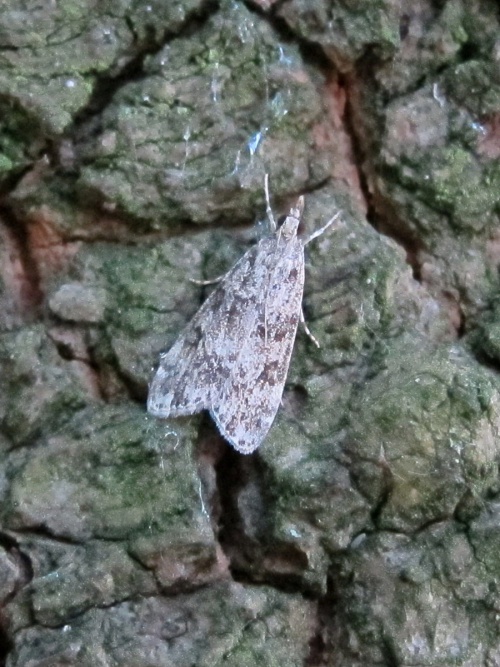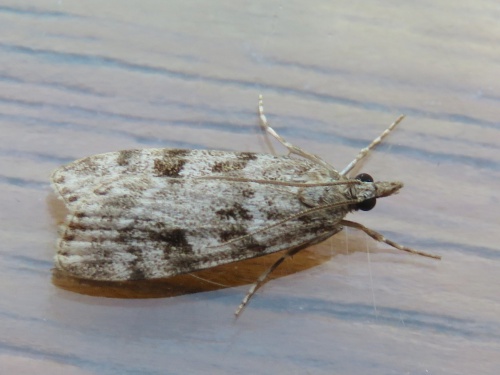Scoparia subfusca
Wingspan 21-30 mm. One of the plainer-looking members of the Scopariinae, though rather variable.
Scopariinae are a difficult group to identify and sometimes it is necessary to refer to genitalia to be sure. A useful guide can be found at the following LINK
Various habitats - it flies at night but can sometimes be found resting on tree-trunks or stones during the day.
From June to August
The larvae feed on the roots of Ox-tongue and Colt's-foot.
It is fairly common throughout most of Britain. In the Butterfly Conservation’s Microlepidoptera Report 2011 this species was classified as common.
Fairly frequent but not common in Leicestershire & Rutland. L&R Moth Group status = B (scarce resident or restricted distribution or regular migrant)
Leicestershire & Rutland Map
Enter a town or village to see local records
MAP KEY:
Yellow squares = NBN records (all known data)
Coloured circles = NatureSpot records: 2020+ | 2015-2019 | pre-2015
UK Map
Species profile
- Common names
- Large Grey
- Species group:
- Moths
- Kingdom:
- Animalia
- Order:
- Lepidoptera
- Family:
- Crambidae
- Records on NatureSpot:
- 6
- First record:
- 11/06/2003 (Skevington, Mark)
- Last record:
- 13/08/2021 (Leonard, Pete)
Total records by month
% of records within its species group
10km squares with records
The latest images and records displayed below include those awaiting verification checks so we cannot guarantee that every identification is correct. Once accepted, the record displays a green tick.
In the Latest Records section, click on the header to sort A-Z, and again to sort Z-A. Use the header boxes to filter the list.



